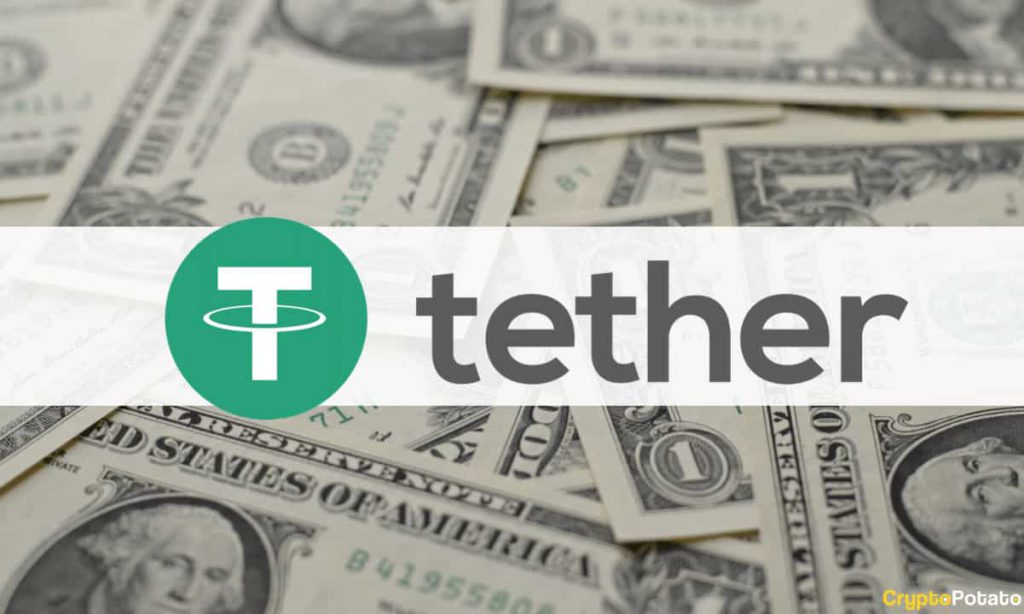Tether’s USDT stablecoin is beyond fully backed, according to the latest assurance report provided by accounting firm MHA Cayman. The firm found that Tether’s total assets are worth at least $82,424,821,101, while its total liabilities (including issued stablecoins) amount to $82,262,430,079.
The State of Tether’s Reserves
The report’s figures match those in Tether’s unaudited Consolidated Reserves Report (CRR) as of March 31st, 2022. This ensures that Tether’s USDT stablecoin – the largest stablecoin available by market cap – is indeed fully backed.
Stablecoins are cryptocurrencies value pegged to traditionally “stable” fiat currencies, such as the US dollar. For a stablecoin to function, it must be redeemable at all times for assets of equivalent worth. Therefore, holders must trust stablecoin issuers like Tether to retain a large and liquid pool of assets for readily compensating its customers.
As announced by Tether on Thursday, the nature of these reserves has changed significantly in the past few months. The company’s commercial paper holdings decreased from $24.2 billion to $20 billion from last quarter, while its US Treasury bills have increased to $39.2 billion.
MHA Cayman clarified that its assessment did not account for Tether’s reserve balance and activity before or after March 31st. It also noted that Tether is currently a defendant in two ongoing legal cases, the outcomes of which are pending.
Fear About Tether’s Holdings
In October 2021, Bloomberg reporter Zeke Faux claimed that a significant portion of Tether’s reserves was held in Chinese commercial paper, which is typically considered unreliable. Tether’s lawyer countered that the vast majority of its holdings had high grades from credit-rating firms. The company later dismissed the same story as “old news with dubious sources.”
Nevertheless, the credibility of Tether’s reserves has been questioned over many years. The company refuses to provide specifics on the counterparties of its commercial paper holdings due to “privacy concerns”.
These concerns have gotten the company into trouble with the public and private sectors alike. In October, Hindenburg Research posted a $1 billion bounty claimable by anyone who could find Tether’s reserves. During the same month, the CFTC forced Tether and Bitfinex to pay a $42.5 million fine for their “omissions of material fact in connection with the U.S. dollar token USDT.”
Tether Thrives, Terra Dies
Despite such fears, USDT has reliably recovered its peg to the dollar following widespread uncertainty that shook the stablecoin market this month. TerraUSD (UST) – the former third largest stablecoin – completely fell off peg and lost faith with investors, due to the exploitation of flaws within its reserve system.
Unlike Tether, UST was an algorithmic stablecoin, programmatically backed through the burning and minting of the LUNA governance token. However, instability and ease of production eventually led the coin to total devaluation, hence destroying UST’s reliability.
Similar to Tether, Terra co-founder Do Kwon likewise faces legal pressure from impacted South Korean investors, and the government.
Binance Free $100 (Exclusive): Use this link to register and receive $100 free and 10% off fees on Binance Futures first month (terms).
PrimeXBT Special Offer: Use this link to register & enter POTATO50 code to receive up to $7,000 on your deposits.


